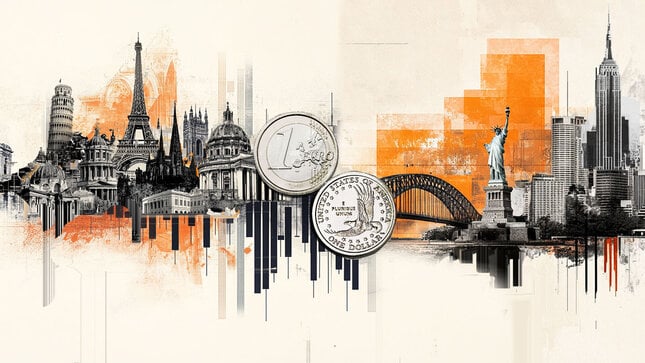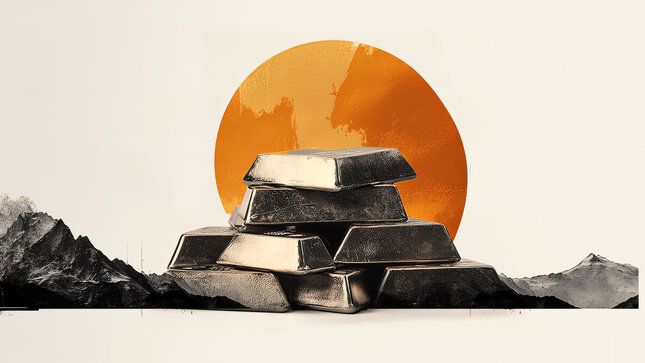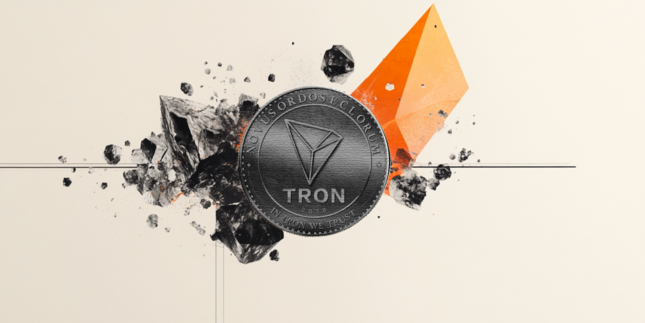USD/CHF Exchange rate
Editors’ Picks

EUR/USD flatlines below 1.1800 ahead of Fed Minutes
EUR/USD struggles to find direction and continues to move sideways below 1.1800 for the second consecutive day on Tuesday as markets remain in holiday mood. Later in the American session, the Federal Reserve will publish the minutes of the December policy meeting.

GBP/USD retreats to 1.3500 area following earlier climb
GBP/USD loses its traction and trades flat on the day near 1.3500 after rising to the 1.3530 area early Tuesday. Trading conditions remain thin ahead of the New Year holiday, limiting the pair's volatility. The Fed will publish December meeting minutes in the late American session.

Gold rebounds toward $4,400 following sharp correction
Gold gathers recovery momentum and advances toward $4,400 on Tuesday after losing more than 4% on Monday. Increased margin requirements on gold and silver futures by the Chicago Mercantile Exchange Group, one of the world’s largest trading floors for commodities, prompted widespread profit-taking and portfolio rebalancing.

Tron steadies as Justin Sun invests $18 million in Tron Inc.
Tron (TRX) trades above $0.2800 at press time on Monday, hovering below the 50-day Exponential Moving Average (EMA) at $0.2859.

Bitcoin Price Annual Forecast: BTC holds long-term bullish structure heading into 2026
Bitcoin (BTC) is wrapping up 2025 as one of its most eventful years, defined by unprecedented institutional participation, major regulatory developments, and extreme price volatility.
Majors
Cryptocurrencies
Signatures
USD/CHF
Commonly referred to as the Swissie, the pair reflects how many Swiss
Francs
(CHF) are needed to purchase one US Dollar (USD). Both currencies are traditionally considered
safe-haven
assets. During times of uncertainty, the Swiss Franc tends to remain stable or appreciate
against its
European counterparts.
The USD/CHF pair typically has a negative correlation with the
EUR/USD and
GBP/USD currency pairs. This is due to the positive correlation shared by the Euro, Swiss Franc
and British
Pound.
To curb the excessive appreciation of the Swiss Franc and its potential negative
impact on Swiss exports during the global financial crisis, the Swiss National Bank implemented
a currency
peg at CHF 1.20 per EUR in 2011. However, since the SNB removed the currency peg in January
2015, the CHF
has partially lost attractiveness in turmoil times, with speculative interest more inclined
toward the
Japanese Yen (JPY) or Gold.
HISTORIC HIGHS AND LOWS FOR USD/CHF
- All-time records: Max: 4.3076 on 4/01/1971 – Min: 0.7069 on 8/08/2011
- Last 5 years: Max: 1.0147 on 14/10/2022 – Min: 0.8332 on 22/12/2023
* Data as of December 2024
ASSETS THAT INFLUENCE USD/CHF THE MOST
- Currencies: Particularly the Euro and the Japanese Yen due to their significance as commercial partners.
INFLUENTIAL ORGANIZATIONS FOR USD/CHF
- The Swiss National Bank: The SNB is Switzerland’s central bank, responsible for the country’s monetary policy and the sole issuer of Swiss Franc banknotes. Its primary objective is to ensure price stability while considering economic developments, thereby fostering an environment conducive to economic growth. To ensure price stability, the SNB aims to maintain appropriate monetary conditions, which are determined by the interest rate level and exchange rates. For the SNB, price stability means a rise in the Swiss Consumer Price Index (CPI) of less than 2% per year. Martin Schlegel is Chairman of the Governing Board of the SNB.
- The Federal Reserve of the United States (Fed), whose chairman is Jerome Powell . It is the central bank of the US and it has two main targets: to maintain the unemployment rate at its lowest possible levels and to keep inflation around 2%. The Federal Reserve System's structure is composed of the presidentially appointed Board of Governors and the partially appointed Federal Open Market Committee (FOMC). The FOMC organizes eight scheduled meetings in a year to review economic and financial conditions. It also determines the appropriate stance of monetary policy and assesses the risks to its long-run goals of price stability and sustainable economic growth.
- The European Central Bank : The ECB i s the central bank empowered to manage monetary policy for the Eurozone. The ECB’s mandate is to maintain price stability in the Eurozone, so that the Euro’s (EUR) purchasing power is not eroded by inflation. Christine Lagarde has been the President of the ECB since November 1, 2019. The ECB significantly influences the Swiss Franc due to the strong trade and business ties between the Eurozone and Switzerland.
- The Bank for International Settlements (BIS): Based in Basel, Switzerland, the BIS is an international financial institution owned by central banks. It fosters international monetary and financial cooperation while providing banking services exclusively to central banks and other international organizations.
- The Swiss Financial Market Supervisory Authority (FINMA): As the state regulatory authority, FINMA oversees banks, insurance companies, stock exchanges, securities dealers, and collective investment schemes, ensuring the stability and integrity of Switzerland's financial markets.
- The SIX Swiss Exchange: Based in Zurich, it is Switzerland's principal stock exchange.